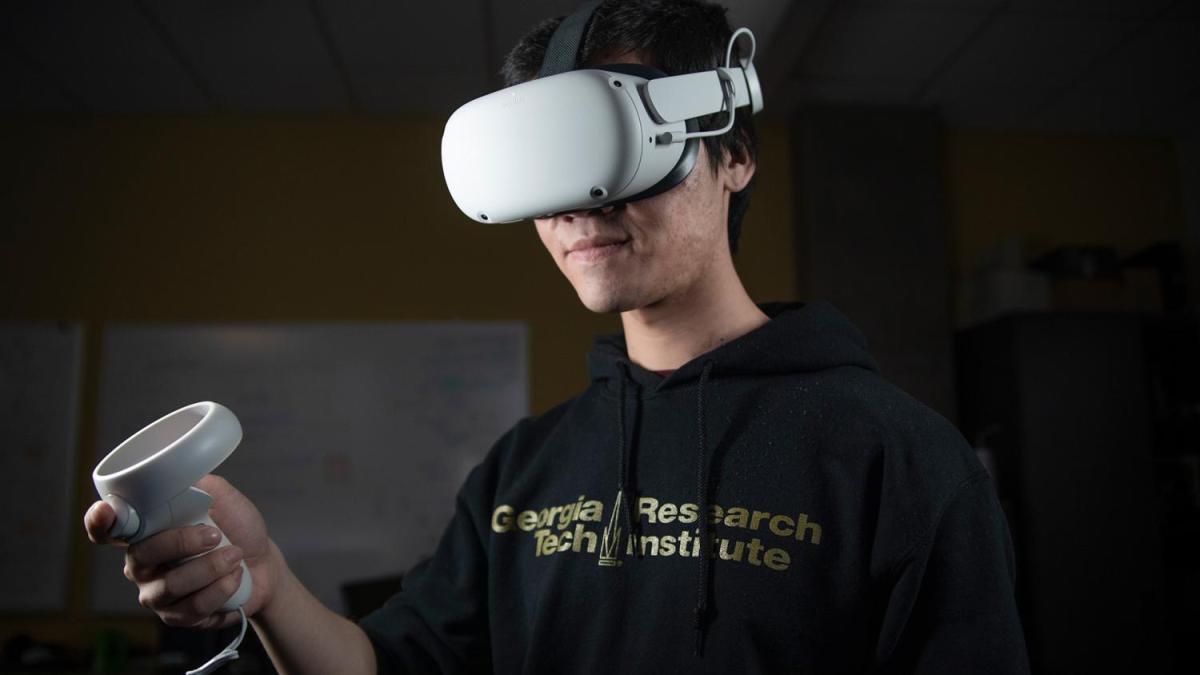On February 7 2019, C21U hosted a seminar titled “Extended Reality (XR) for Teaching and Learning.” XR refers to real-and-virtual combined environments, including virtual reality (VR), augmented reality (AR), and mixed reality (MR). We invited speakers from four teams across Georgia Tech’s campus to discuss projects currently underway throughout the Institute, and to discuss the future of XR in education.

On February 7, C21U hosted a seminar titled “Extended Reality (XR) for Teaching and Learning.” XR refers to real-and-virtual combined environments, including virtual reality (VR), augmented reality (AR), and mixed reality (MR). We invited speakers from four teams across Georgia Tech’s campus to discuss projects currently underway throughout the Institute, and to discuss the future of XR in education.
You can watch the entire seminar on the C21U Youtube channel. Here are a few highlights:
- Blair MacIntyre, from the School of Interactive Computing, gave an overview of XR technologies and discussed some of his work with the team exploring XR at Mozilla. In particular, he introduced the attendees to WebXR, an open platform for VR and AR with the advantages of the Web.
- David Joyner, from the College of Computing, shared some of his early pilots in the use of VR in the online Master’s of Science in Computer Science (OMSCS) program. Specifically, he and his fellow researchers are using Mozilla Hubs for a variety of use cases, including lecture-watching parties, office hours, and (eventually) virtual poster sessions.
- Didier Contis, from the College of Engineering, focused his presentation on spatial computing efforts at Magic Leap. He gave an overview of the “Magicverse,” which is an infinite number of application layers within a digital universe. He gave several examples of how a Magicverse might be applied at Georgia Tech.
- Matt Swarts (College of Design), Miroslav Malesevic (IMAGINE Lab), and Noah Posner (IMAGINE Lab) demonstrated a variety of XR projects developed within the IMAGINE Lab, including a project in which a team at Georgia Tech mapped Gorilla movements in Rwanda, and an augmented visualization displayed the wide variety of data gathered and analyzed in the project.